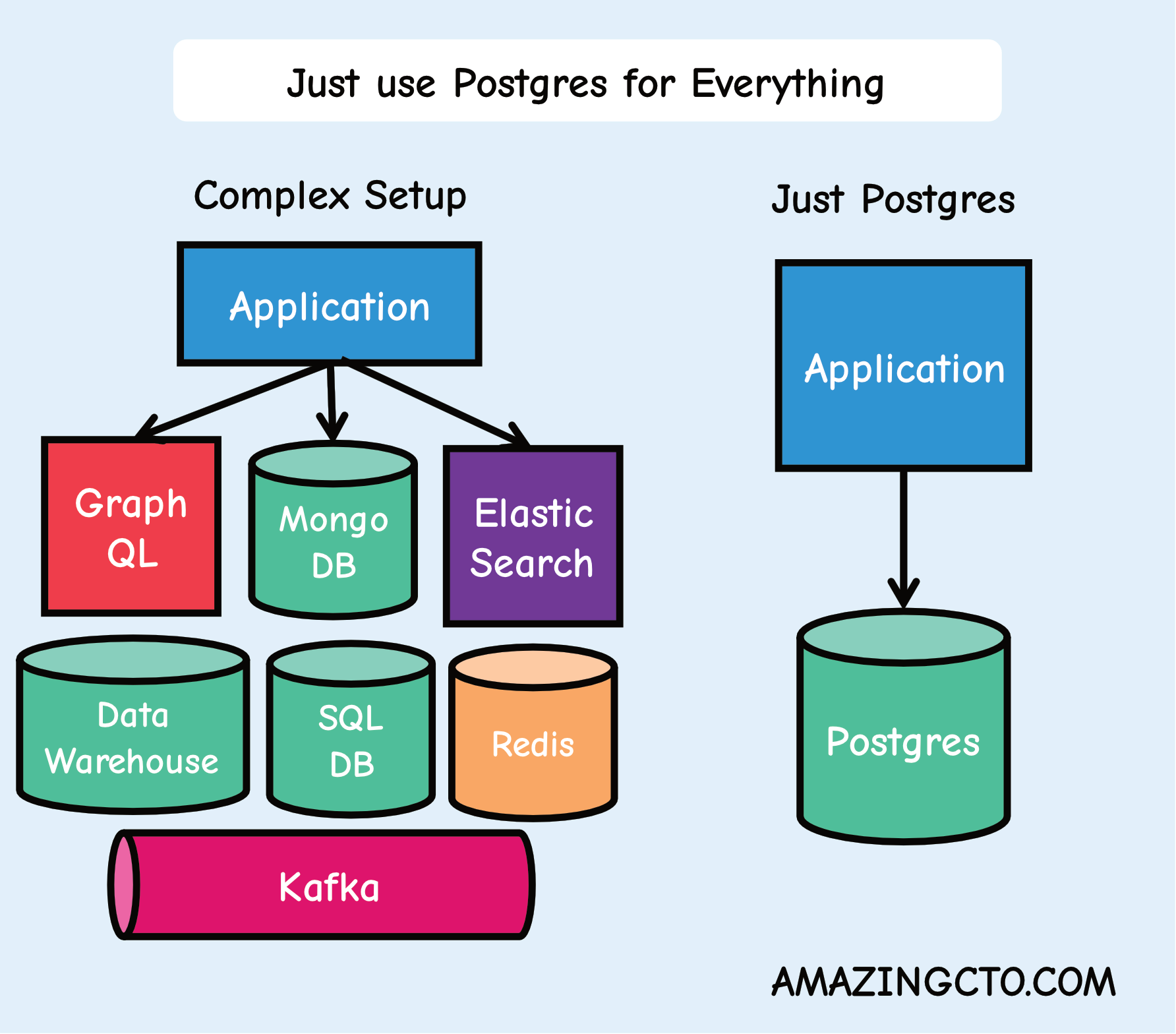
Stephan Schmidt
Four Goal Model Explained
Goals that are actionable
I have written about the “Four Goal Model” before in “Goals are a Spectrum not a Number”. With the “Four Goal Model” you set three numbers, creating four goal landing zones. Instead of setting a goal of 40% conversion increase, you set it to 70%, 40% and 20%.
Every result above 70% is Amazing, everything above 40% is Happy, everything above 20% is Ok, and everything below 20% is Fail.
These four goal landing zones give a better and nuanced picture of goal completion. It’s not black and white, not achieved and missed. It gives you more information to make better judgments.
With these four landing zones in place, it is also much easier to make those goals actionable. Your direct report achieves several times Amazing, you promote the person. The person has several Fail, the person is probably in the wrong place. Mainly Happy, big pay raise. Mainly Ok, low pay raise, for example (you need to come up with your own actions!).
Besides metrics, other goals can also be broken into four landing zones. Here are some more examples:
- Time This can be an initiative or project or some change management. The Result is reached in
- 1 month: Amazing
- 2 months: Happy
- 3 months: Ok
- Longer than 3 months: Fail
- Features How much of a feature could be implemented?
- The feature is complete: Amazing
- Major stories completed: Happy
- Minimal feature set: Ok
- Not delivered: Fail
- Hiring How many senior developers have been hired?
- 4: Amazing
- 2: Happy
- 1: Ok
- 0: Fail
Coming up with four landing zones is more difficult than coming up with one number. But the landing zones are more actionable compared to one number. With four landing zones, it’s easier to set real stretch goals. Normally, people fail to achieve stretch goals mostly. If there is only one number, everyone fails. Or if people reach stretch goals too easily, they are no real stretch goals. With the four numbers in place, even if Amazing is really stretchy, people do not necessarily fail.
It is more work. But the more work you invest when setting up the goals, the easier it is to evaluate them. The less time you invest in setting up your goals, the more difficult it is to evaluate them.







